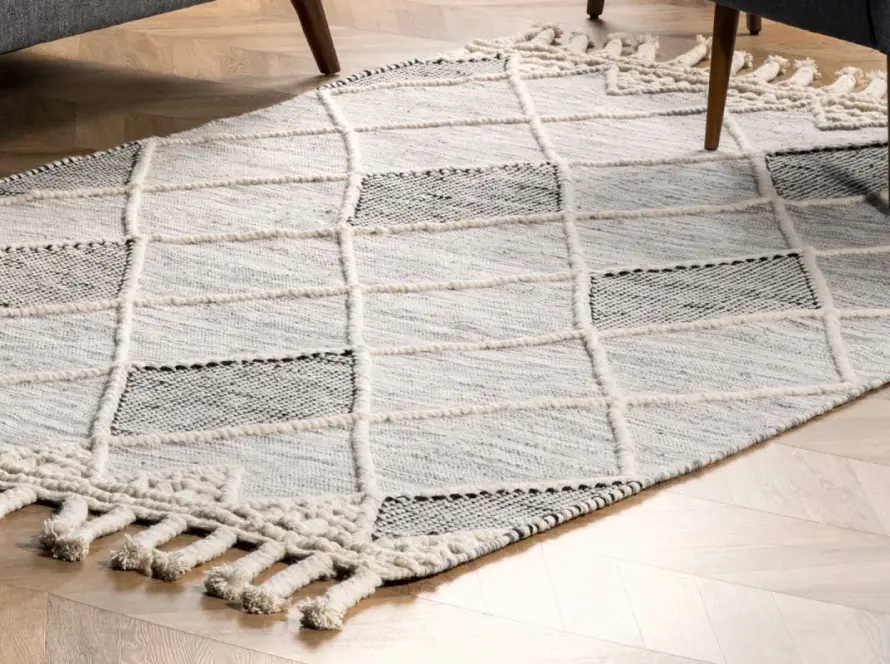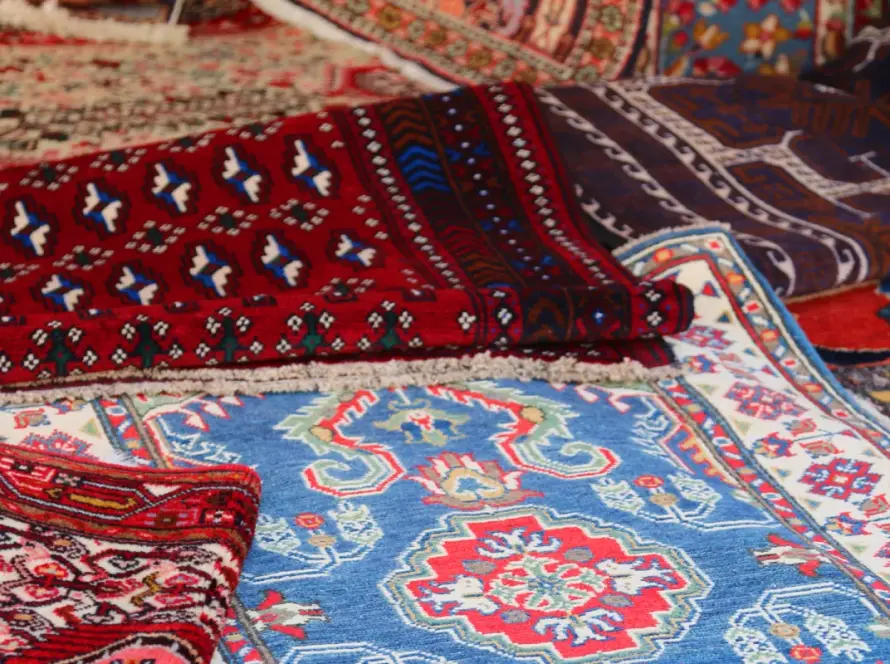Licensing digital patterns for your brand enhances uniqueness and extends market reach, offering you fresh, innovative designs. First, choose patterns that align with your brand’s aesthetic and current trends. When negotiating licensing agreements, understand terms like scope, exclusivity, and royalties. Customize patterns with your brand’s colors and symbols for a personal touch. Finally, leverage these patterns in your marketing strategies to captivate your audience. Keep exploring to elevate your brand’s visual impact through licensing.
Understanding the Benefits of Licensing Digital Patterns
Licensing digital patterns offers several advantages that can elevate your brand’s uniqueness and market reach. By incorporating these patterns, you gain access to fresh, innovative designs that set your products apart from the competition. It’s an efficient way to keep your offerings current without investing heavily in original design work. This approach also allows you to quickly adapt to trends, ensuring your brand remains relevant in a fast-paced market.
Using licensed patterns can boost your brand’s visual appeal and attract a wider audience. You’ll also benefit from the expertise of designers who understand what works. Moreover, licensing agreements often provide flexibility, letting you choose patterns that align with your brand’s aesthetic and values. Overall, it’s a strategic move to enhance your brand’s identity and appeal.
Identifying the Right Patterns for Your Brand
To find the right digital patterns for your brand, start by assessing how well they align with your brand’s aesthetic. You’ll also want to evaluate how these patterns fit with current market trends, ensuring they appeal to your target audience. By focusing on these factors, you can choose designs that enhance your brand’s identity and resonate with consumers.
Assess Brand Aesthetic Alignment
When determining the right patterns for your brand, it’s crucial to first understand your brand’s aesthetic and how it resonates with your audience. Dive into what makes your brand unique and what visual elements embody your message. Consider how potential patterns align with your existing branding to maintain a cohesive look. Here’s what you should visualize:
- Color Palette: Reflect on the hues that define your brand’s tone and mood.
- Texture Feel: Imagine the tactile impression your brand conveys—smooth, rough, or somewhere in between.
- Pattern Scale: Think about how large or small patterns might complement your products.
- Visual Theme: Envision the overall theme—geometric, floral, or abstract—that fits your brand.
- Emotional Response: Assess the feelings you want to evoke in your audience.
Evaluate Market Trend Compatibility
While staying true to your brand’s identity is essential, keeping an eye on current market trends ensures your patterns remain relevant and appealing. Start by researching popular colors, textures, and themes in your industry. Look at reports, social media, and competitor offerings to identify emerging trends. Consider how these trends align with your brand’s values and audience preferences.
Don’t chase every trend blindly. Instead, filter out what truly complements your brand. For example, if sustainability is a core value, focus on patterns that reflect eco-friendly themes.
Test your ideas with small-scale releases or surveys to gauge customer interest. This way, you’ll make informed decisions about which patterns to license, ensuring they resonate with both current markets and your brand’s long-term vision.
Navigating the Licensing Agreement Process
When you’re navigating the licensing agreement process, it’s crucial to understand the specific terms and conditions in play. Pay close attention to how these terms affect your brand’s rights and obligations. Don’t hesitate to negotiate contract details to ensure the agreement aligns with your business goals.
Understanding Licensing Terms
Navigating licensing agreements can be daunting, but understanding key terms is crucial for protecting your brand’s interests. When you dive into a licensing agreement, focus on the specifics to ensure you’re aligned with your goals. Here are some essential terms to familiarize yourself with:
- Scope of Use: Defines where and how you can use the digital patterns, such as online or in print.
- Exclusivity: Determines if your brand has sole access to the pattern or if others can use it too.
- Duration: Specifies how long you can use the pattern, ensuring you plan for future campaigns.
- Territory: Outlines the geographical area where you’re permitted to use the licensed patterns.
- Royalties: Details any payments required based on sales or usage.
Understanding these terms ensures you make informed decisions.
Negotiating Contract Details
With a solid grasp of licensing terms, you’re ready to tackle the next crucial step: negotiating contract details. Start by clearly outlining your goals and expectations. Be upfront about what you’re willing to negotiate and what terms are non-negotiable. Next, ensure both parties understand and agree on the scope of use, duration, and any exclusivity clauses. Discuss payment terms, including upfront fees or royalties, and set deadlines for deliverables. Be prepared to compromise but remain firm on critical points that protect your brand’s interests. It’s crucial to document any agreed changes promptly. Finally, review the final draft with a legal expert to ensure everything aligns with your understanding. A well-negotiated contract sets the foundation for a successful partnership.
Customizing Patterns to Fit Your Brand Aesthetic
Ever wondered how to make digital patterns truly resonate with your brand’s identity? Customizing patterns to align with your brand aesthetic is essential. Start by envisioning the mood and message you want your patterns to convey. Think about colors, shapes, and textures that express your brand’s essence. Here’s how you can customize patterns effectively:
- Color Palette: Choose colors that reflect your brand’s signature hues.
- Texture Variation: Add or modify textures to create depth and uniqueness.
- Scale Adjustment: Resize elements to fit different product dimensions seamlessly.
- Motif Integration: Incorporate brand symbols or icons subtly within the pattern.
- Pattern Repetition: Modify repetition styles to maintain visual harmony.
These strategies ensure the patterns you choose echo your brand’s unique voice and aesthetic.
Ensuring Compliance With Licensing Terms
While customizing patterns to align with your brand aesthetic is exciting, it’s equally important to ensure that you adhere to licensing terms when using digital patterns. Start by thoroughly reviewing the licensing agreement. Pay attention to any restrictions on modifying, distributing, or reselling patterns. These terms define what you can and can’t do, so understanding them fully is crucial.
Keep a copy of the agreement for reference and consult it whenever in doubt. If you’re planning to use the patterns across multiple platforms or products, verify that the license covers these uses. Communicate openly with the licensor if you’re unsure about any terms. This proactive approach helps you avoid potential legal issues and maintain a positive relationship with the pattern creator.
Leveraging Licensed Patterns for Maximum Impact
To truly make your brand stand out, you need to thoughtfully leverage licensed patterns to their fullest potential. Start by incorporating these designs into your products in unique ways that align with your brand’s vision. Use patterns to create a strong visual identity that resonates with your audience and sets you apart from competitors. Consider these strategic approaches:
- Packaging Design: Use patterns to make your packaging pop and become instantly recognizable.
- Product Variations: Offer limited editions with exclusive patterns to entice customers.
- Social Media Content: Integrate patterns into your visuals for a cohesive and engaging feed.
- Collaborations: Partner with other brands to create special collections featuring your licensed patterns.
- Event Decor: Elevate your brand presence at events with pattern-infused displays and backdrops.
These tactics can amplify your brand impact.
Frequently Asked Questions
Can I Sublicense the Patterns to Third Parties?
You can’t sublicense the patterns to third parties. Your license agreement likely restricts sublicensing rights. Always review your contract’s terms carefully. If you’re unsure, consult with a legal advisor to clarify the specific limitations and permissions.
How Do I Maintain Pattern Exclusivity for My Brand?
You ensure pattern exclusivity by negotiating terms in your licensing agreement. Specify exclusivity clauses that restrict others from using the patterns. Regularly monitor for unauthorized usage to protect your brand’s unique identity and maintain a competitive edge.
Are There Any Geographical Restrictions on Pattern Usage?
You might wonder about geographical restrictions on pattern usage. It’s essential to check if any exist in the licensing agreement. Ensure your brand’s operations align with these terms to avoid potential legal issues or conflicts.
What Is the Process for Renewing a Pattern License?
To renew a pattern license, you’ll need to contact our licensing department before your current agreement expires. Verify any updates to terms or fees, and ensure payment is processed to continue using the digital patterns seamlessly.
Can I Use Digital Patterns in Physical Retail Spaces?
Yes, you can use digital patterns in physical retail spaces. Ensure you’ve secured the appropriate licensing agreement. Displaying them visually or incorporating them into products requires explicit permission to avoid any potential copyright issues.


